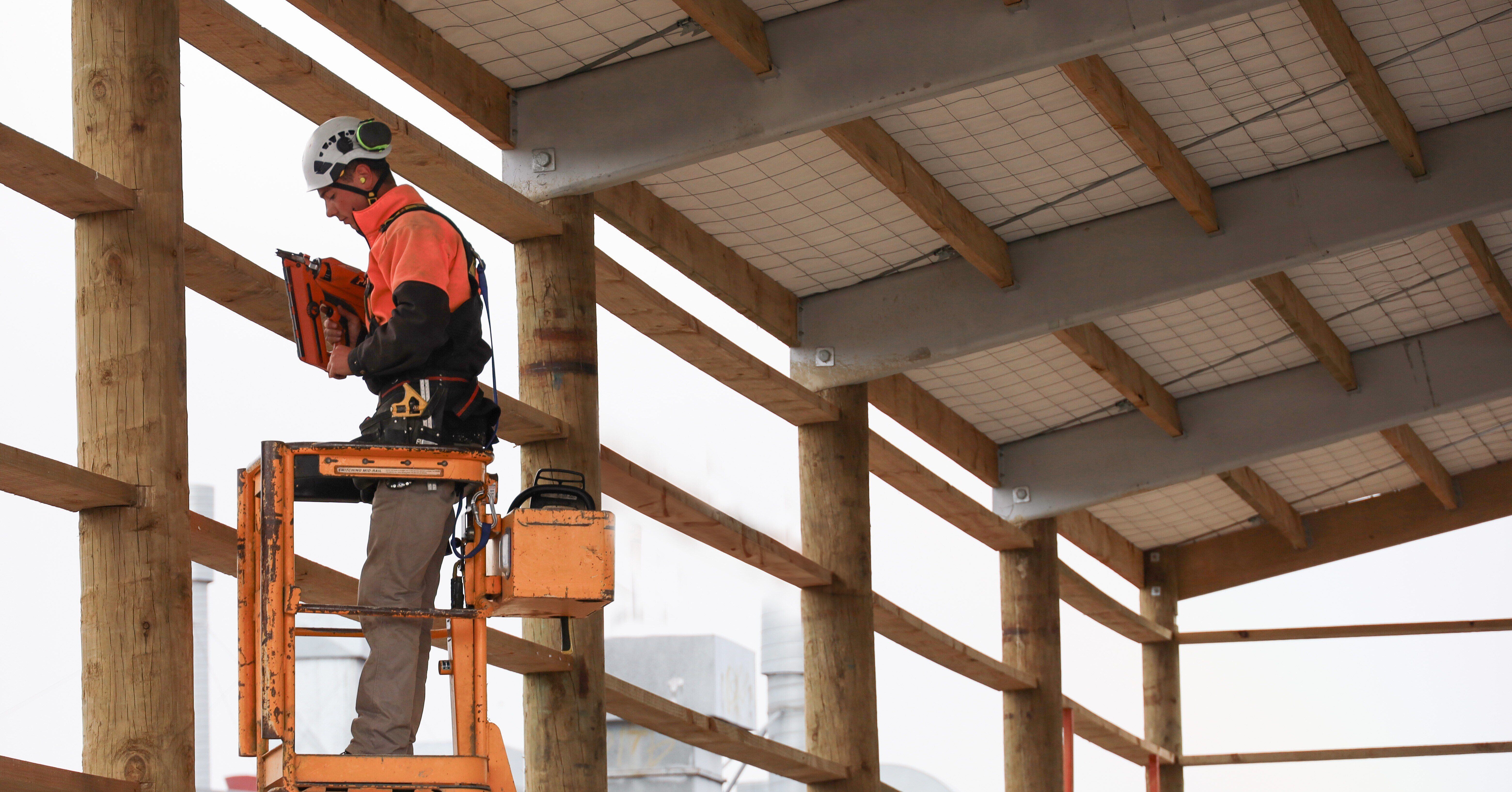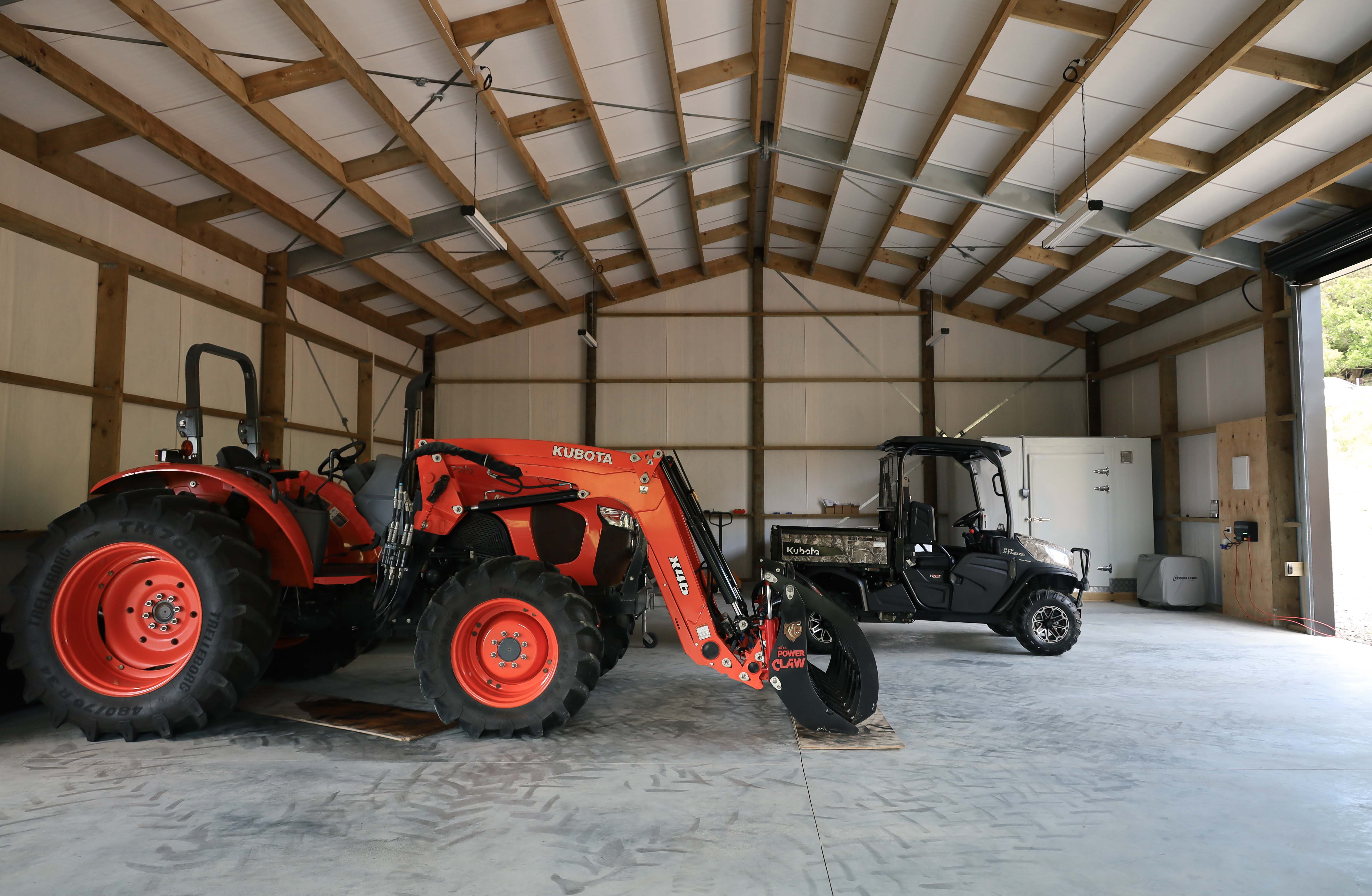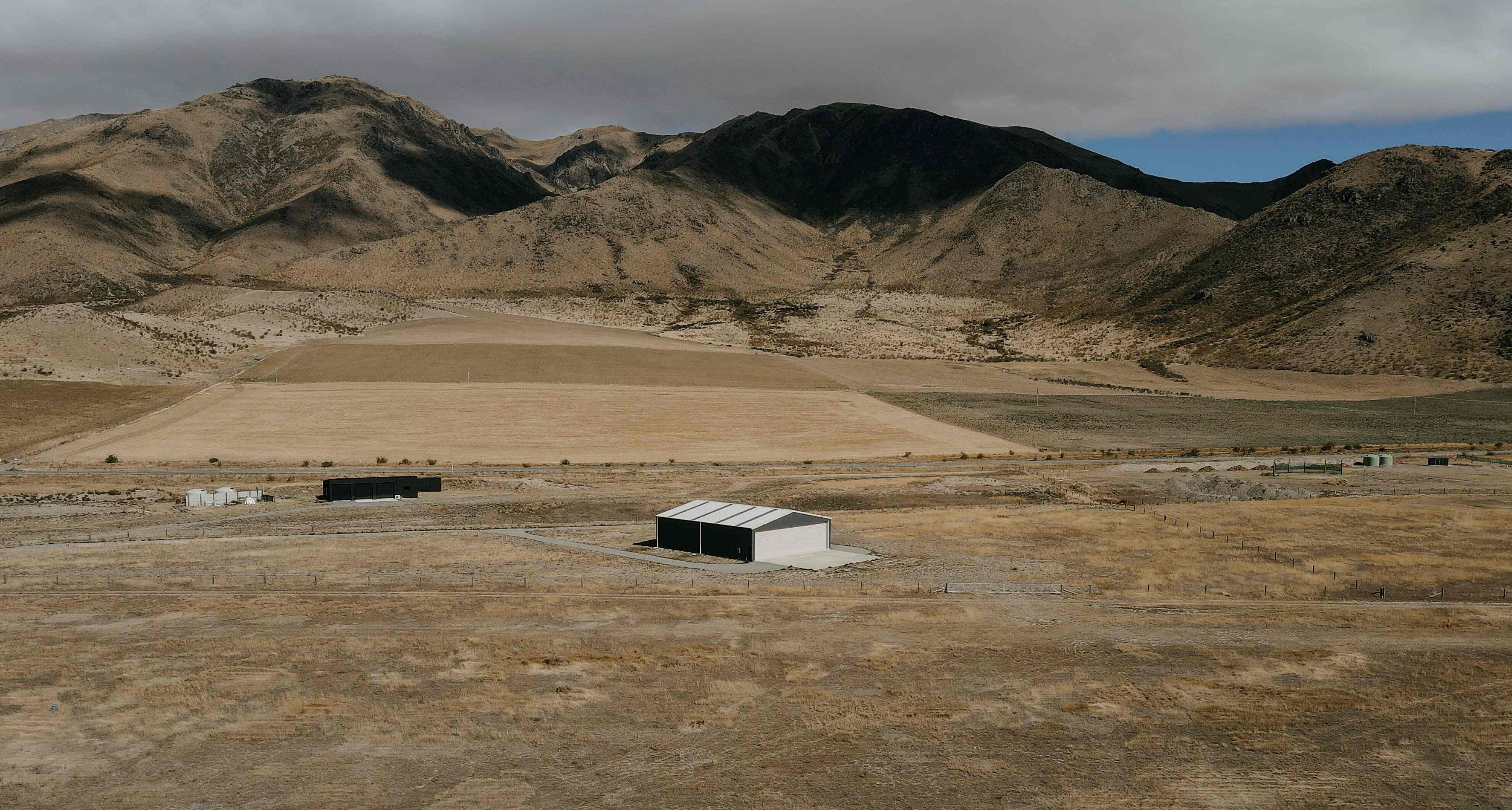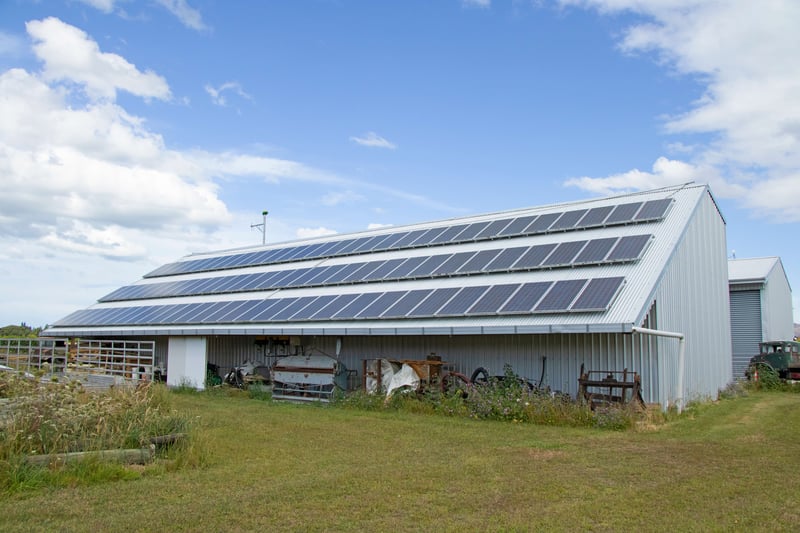
There are several advantages to investing in solar panels. Their popularity across New Zealand is leading to more landowners investigating their viability as well as the impact they may have on ongoing power costs. But before we dive into the considerations you’d need to factor in before adding solar panels to a shed, let’s look at why this is becoming a popular option.
Around 80% of New Zealand’s electrical energy is already sourced from renewable sources. Hydroelectricity is one of the main produces of environmentally-friendly energy in the country, but geothermal and wind also contributes to our nation’s green energy credentials. This means that few people explore solar as a way to reduce their environmental and carbon footprint, so why the increased interest in harvesting the sun’s natural energy?
Living in New Zealand we’re lucky that we enjoy an almost undisturbed supply of electricity. It does, however, come at a bit of a cost. New Zealand is ranked 10th in the world for the cost of electricity per kilowatt-hour at $0.20. The average household in a fully insulated home can use around 6,000KWh in a year resulting in an average electricity bill of $1,200, which might not sound like a lot but it can certainly add up over the years.
Beyond the eventual cost savings, solar panels can be a great edition if you’re after independence from the national grid. Supply-disrupting storms or accidents may happen infrequently in New Zealand but they do happen, as witnessed in Auckland earlier this year and as scheduled for the Waikato. For a rural property, which might not be a top priority for re-connection, this can mean days or weeks without power. For a residential property in a town this may mean the fridge gets a bit warm and the Netflix-binging is on pause. However, for a farm or rural operation, this might have more severe consequences.
Solar is also becoming significantly cheaper as the technology becomes more readily available and suppliers look to gain a competitive foothold in the marketplace. Aside from the peace of mind which comes from an uninterrupted flow of energy, the direct cost of the solar panels is offset by the reduced outgoings in electricity bills. Keith installed solar panels at his vineyard and expects them to have paid for themselves within 10 years, listen to his story below:
What do I need to consider when adding solar panels to a shed?
There are several factors that impact whether a shed can accommodate solar panels. If it’s structurally able to, then the shed’s orientation, location and materials may undermine its suitability. With a shed that’s yet to be built then all of these things can be considered in the design and build process; something the team at Alpine Buildings has a lot of experience doing.
So what are the key factors outlining a shed’s suitability for solar panels?
- Load-bearing capacity
- Roof pitch
- Energy requirements
- Shed location
- Orientation
In the next section of this article, we’ll explore each of the factors and their impact on your decision to have solar panels added to your shed.
Load-bearing capacity
On average a single solar panel weighs around 18kgs depending on the type of solar panels used. Cheaper panels are likely to weigh more while more expensive, technology advanced panels may weigh less. Typically a roof is designed to balance being lightweight, to not overload the structural supports below, while maintaining enough strength to withstand a healthy dumping of snow. Most modern structures are designed to handle snow, and can, therefore, hold solar panels, but combining the two may overload the roof. And if your shed’s roof was never designed to hold a foot or so of snow then it might struggle with solar panels.
A degraded roof will have lost much of its load-carrying capability and would not be able to support solar panels so it’s worth considering the shed’s design if you’re looking to add solar panels to an existing shed. If you’re looking to build a new shed then solar panels should be factored into the design process so the shed’s load-carrying capacity can be appropriately increased.
The shed’s load-carrying capacity can be enhanced by decreasing the space between the purlins and using structural steel in crucial areas. These will all be factored in during the design stage of building a shed with Alpine Buildings and is one of the many benefits of using a company with an in-house design team, rather than an off-the-shelf solution.
Roof pitch
Solar panels are most efficient when perpendicular to the sun’s rays and it’s recommended to have your panels tilt on a 28-30 degree angle. This can be achieved by calculating the pitch of the roof and then angling the panels with additional struts to increase or reduce the angle accordingly. You can actually check the energy accumulation you could achieve with a set tilt angle for your location on the NIWA website.
Whereas the pitch of a roof is somewhat dictated by the width of the shed, greater consideration can be made towards using the roof pitch to help facilitate the desired angle of the panels if required.
Energy requirements
One of the main factors driving the suitability of your shed’s design for solar is the required energy you need to generate from the panels. Are you running a Man Cave with a TV and lights or a workshop with a compressor? Are you storing the excess energy in a battery or simply using it as it’s produced?
Understanding how much energy you need to generate will help to determine the number of panels required as well as the wiring needed to set-up the shed. You can use pages like this as a rough guide on how solar energy is generated and used.
Shed location
It's important to consider your shed’s location when installing solar panels. Avoiding shading, which significantly reduces the effectiveness of solar panels, and areas where debris may fall on the panels is key. Bird droppings can reduce the effectiveness of a solar panel and even light blocked by a branch or nearby tree can reduce the output form a panel.
The amount of shading a solar panel is subjected to is not a direct correlation for the reduction in power. What that means is 2% of the panel covered in shade or debris, might not result in only a 2% loss of energy generated. Solar panels are connected on a string so one partly shaded cell might reduce the output of the entire module.
Shed orientation
Going beyond stating the obvious in that solar panels in the Northern Hemisphere should face South and solar panels in the Southern hemisphere should face North, your shed needs to be orientated to capture the most sunlight possible. You may have had a plan to have the doors to your shed facing a certain direction but the sun’s arc across your property may mean a slightly different orientation could be better.
There is a balance to strike between optimum energy output and practicality, so if the shed cannot be moved additional consideration may need to be placed on the way the solar panels are aligned on the roof space of your shed.
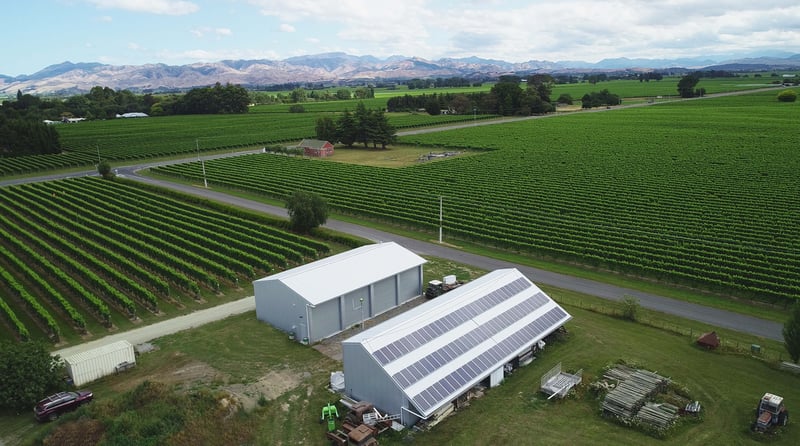
As you can begin to see many of these questions are best answered at the beginning of your shed’s design process. Avoid costly additional expenses later, talk to the team at Alpine Buildings to ensure your solar power needs are considered from the very beginning.
And even if you’re not looking at installing solar panels straight away it’s much better to have the option to add them in the future knowing that your shed has been designed and built to future-proof your energy needs.

